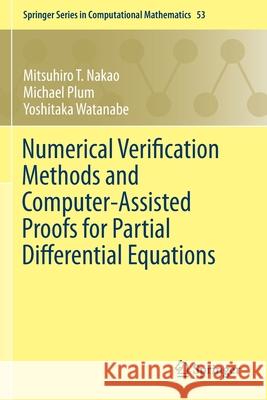Numerical Verification Methods and Computer-Assisted Proofs for Partial Differential Equations » książka
topmenu
Numerical Verification Methods and Computer-Assisted Proofs for Partial Differential Equations
ISBN-13: 9789811376719 / Angielski / Miękka / 2020 / 467 str.
Numerical Verification Methods and Computer-Assisted Proofs for Partial Differential Equations
ISBN-13: 9789811376719 / Angielski / Miękka / 2020 / 467 str.
cena 563,56
(netto: 536,72 VAT: 5%)
Najniższa cena z 30 dni: 539,74
(netto: 536,72 VAT: 5%)
Najniższa cena z 30 dni: 539,74
Termin realizacji zamówienia:
ok. 22 dni roboczych
Dostawa w 2026 r.
ok. 22 dni roboczych
Dostawa w 2026 r.
Darmowa dostawa!
Kategorie:
Kategorie BISAC:
Wydawca:
Springer
Seria wydawnicza:
Język:
Angielski
ISBN-13:
9789811376719
Rok wydania:
2020
Wydanie:
2019
Numer serii:
000904294
Ilość stron:
467
Waga:
0.67 kg
Wymiary:
23.39 x 15.6 x 2.46
Oprawa:
Miękka
Wolumenów:
01
Dodatkowe informacje:
Wydanie ilustrowane











